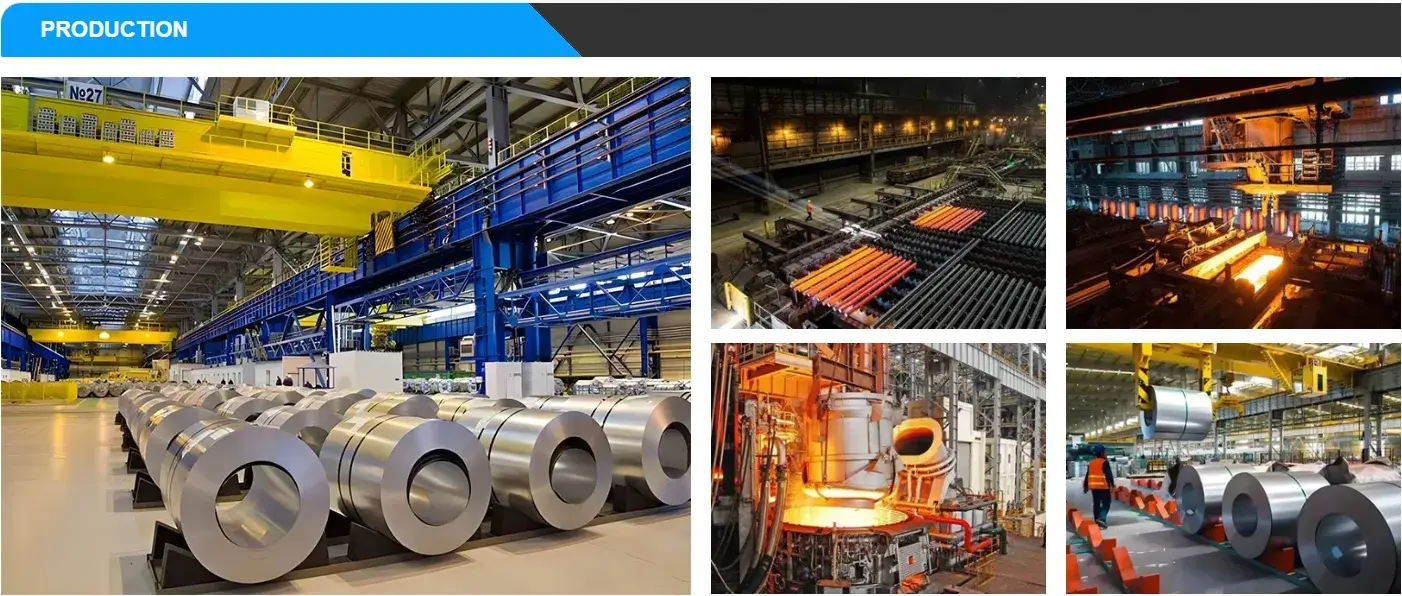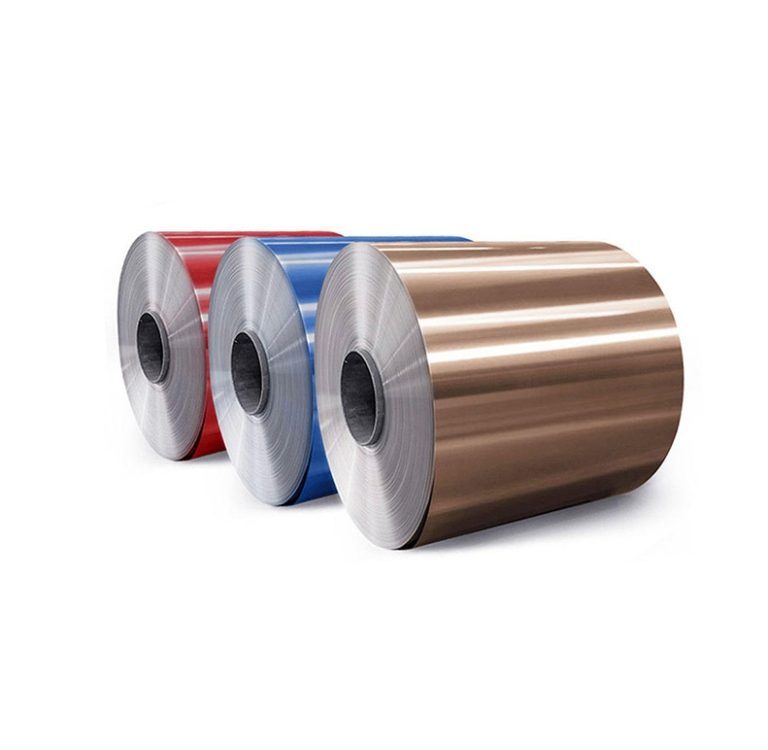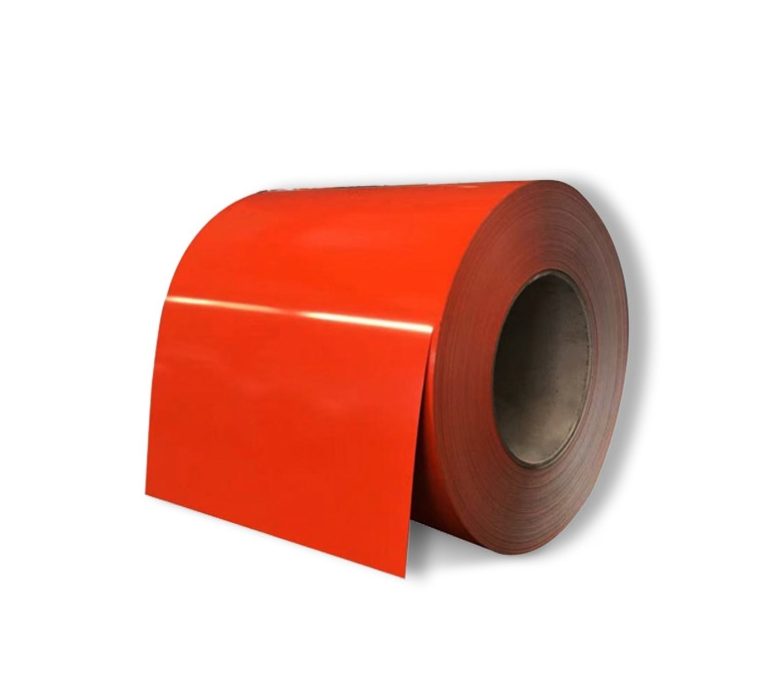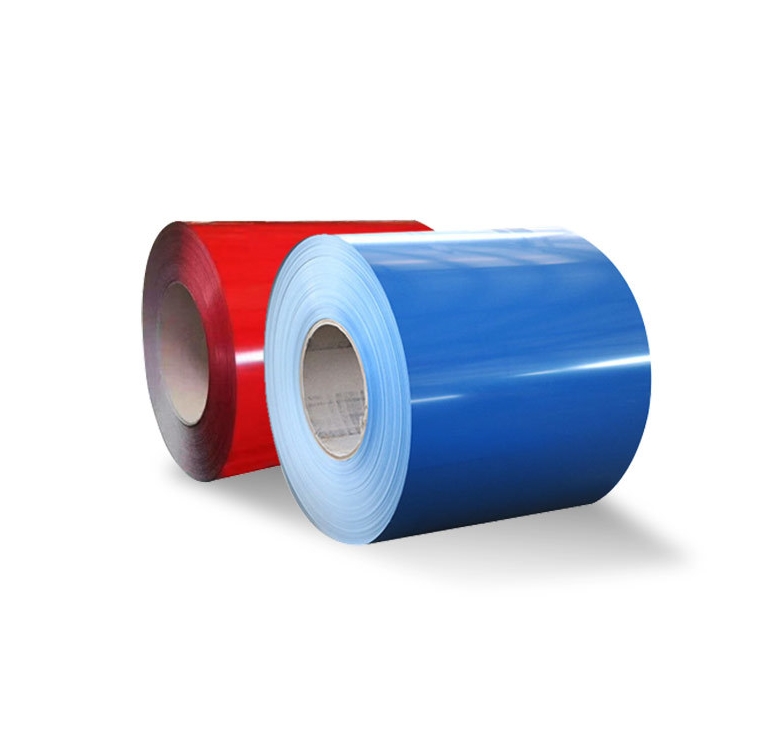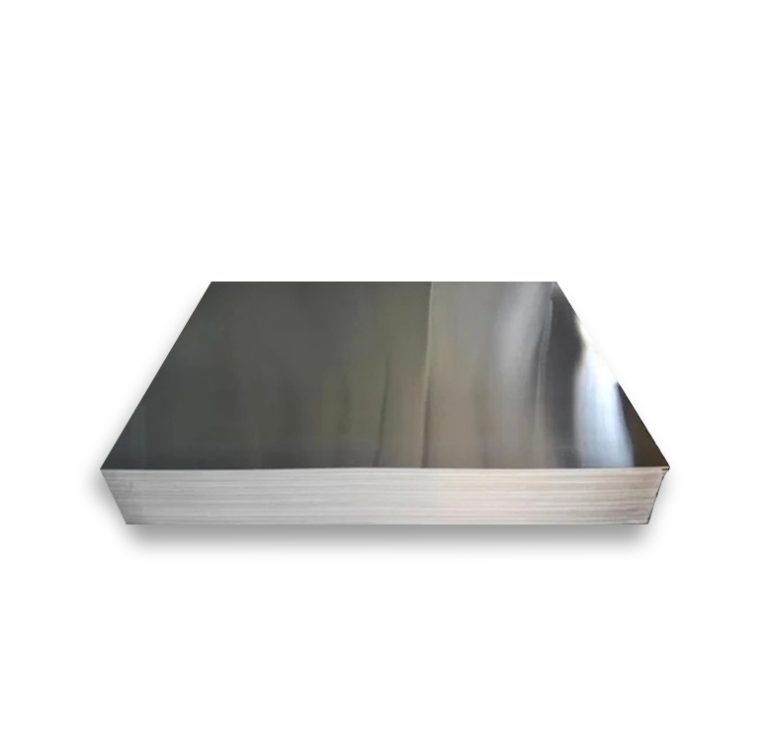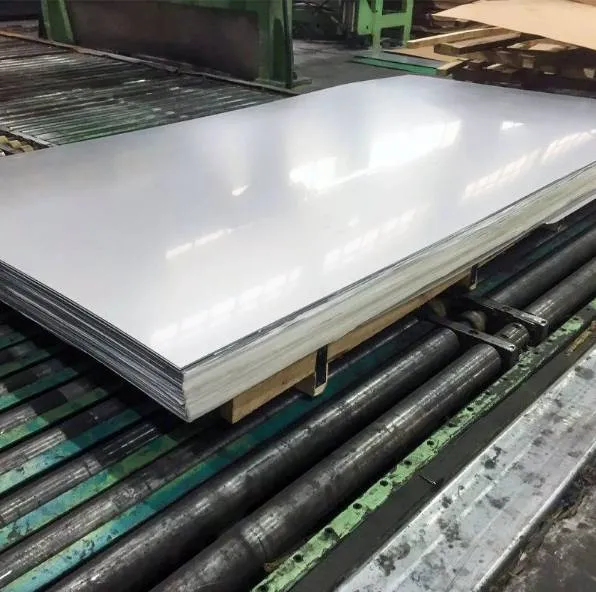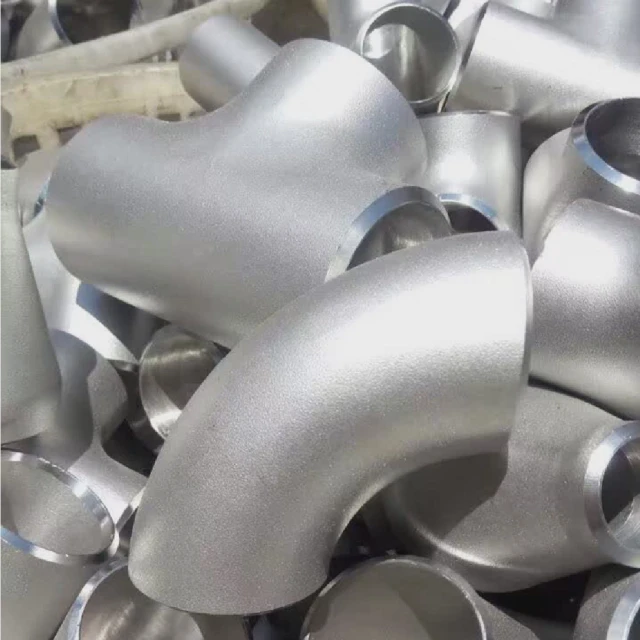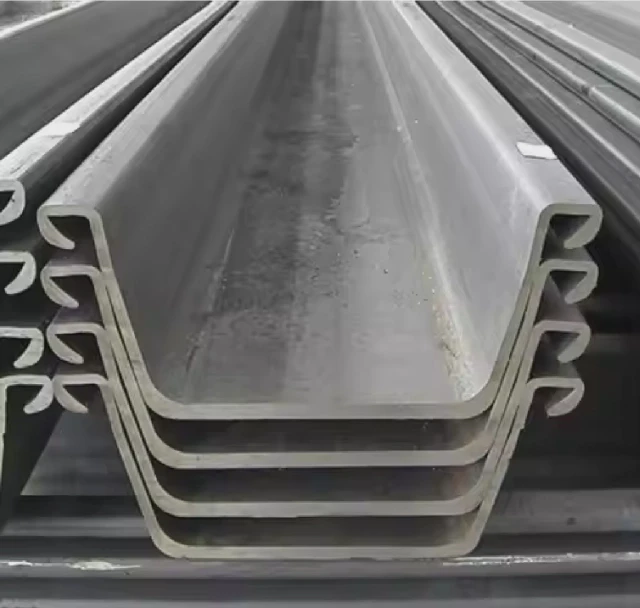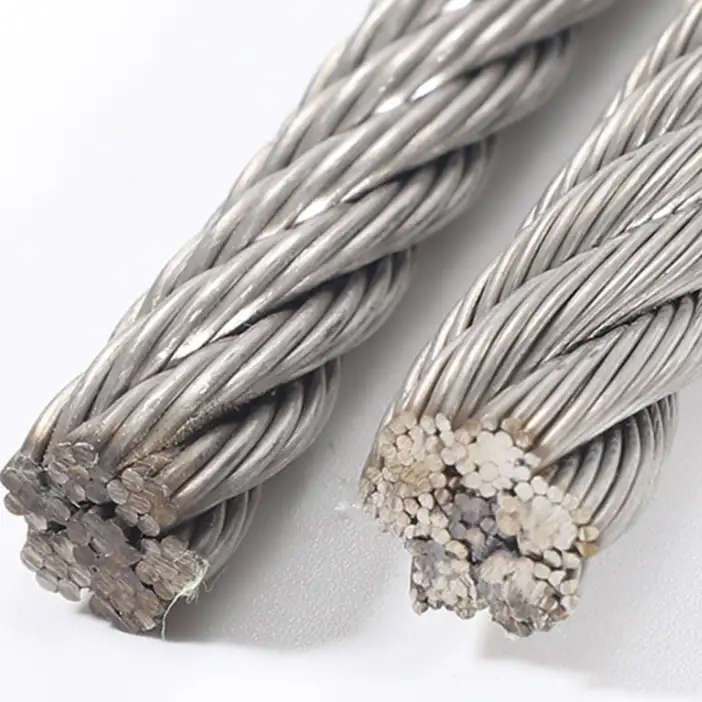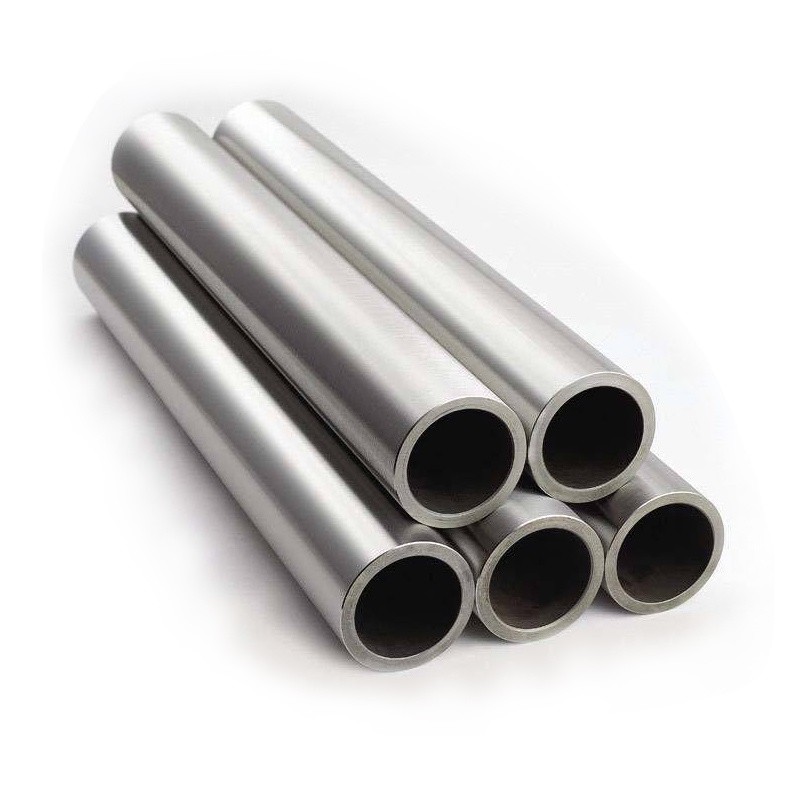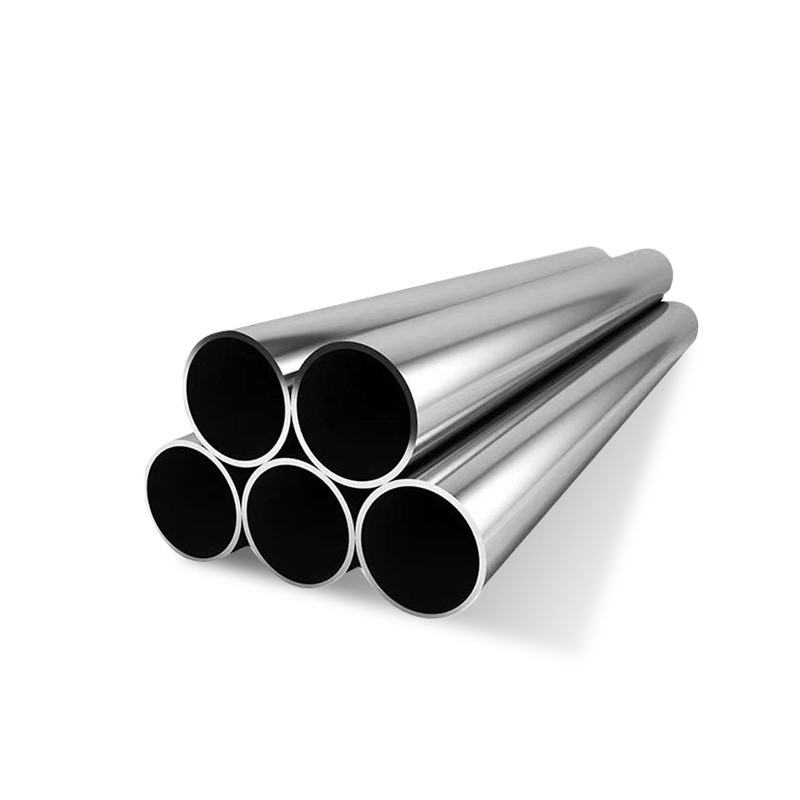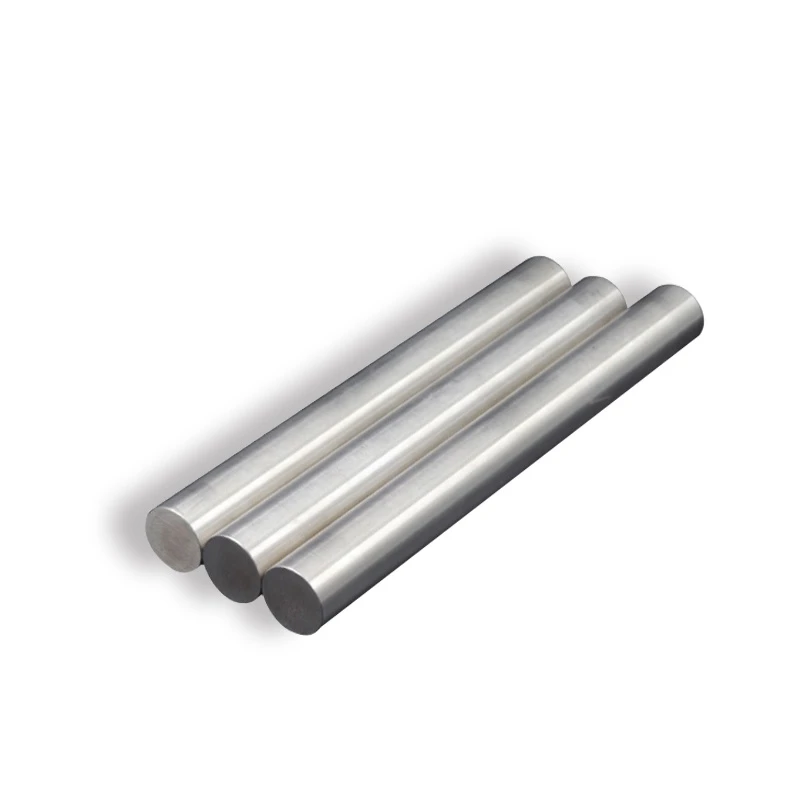
CATEGORIES
FEATURED PRODUCTS
Marine Aluminum Sheet/Plate
We offer this product and related grades with 100% factory direct pricing and free quotes available within 24 hours.
APPLICATION SCENARIOS
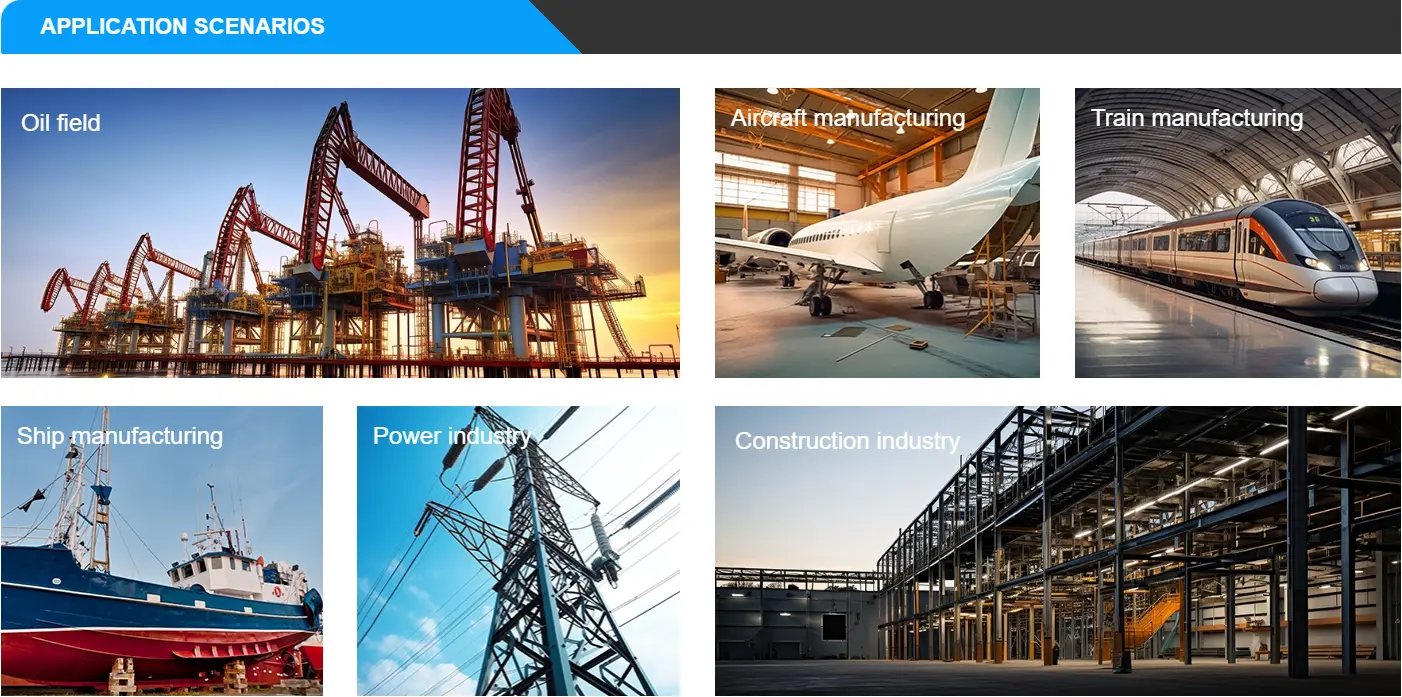
OUR ADVANTAGE

Certificate of Honor

PARTNER

Our Factory
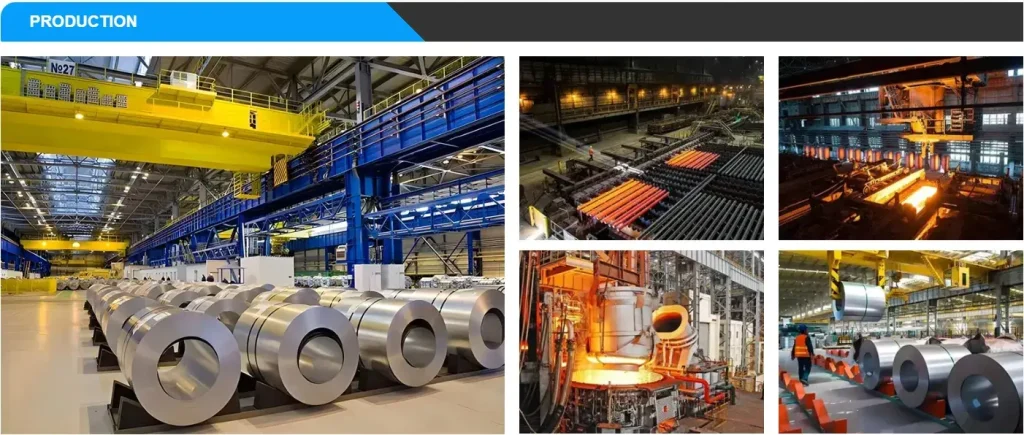
Marine-Grade Aluminum: Corrosion Resistance, Strength & Selection Guide.
Saltwater accelerates rust at an alarming rate. It breaks oxide layers and exposes fresh metal. This creates prime corrosion conditions. Marine-grade aluminum resists such attack. Therefore, it is ideal for boats, docks, and offshore structures.
Understanding Marine-Grade Aluminum
Marine-grade aluminum refers to alloys engineered for harsh aquatic environments. They feature high magnesium levels. As a result, they resist saltwater corrosion. Moreover, they remain lightweight. Thus, they boost fuel efficiency in vessels. Furthermore, their strength-to-weight ratio rivals steel. Consequently, marine alloys excel in boats and offshore rigs. Next, let’s explore key properties.
Alloy Comparison: 5 Common Marine-Grade Aluminum Alloys
| Grade | Mg Content (%) | Tensile Strength (MPa) | Corrosion Resistance | Typical Uses |
|---|---|---|---|---|
| 5083 | 4.0 – 4.9 | ~317 | Excellent | Hulls, pressure vessels |
| 5086 | 4.0 – 4.9 | ~310 | Excellent | Hulls, gangways |
| 5456 | 4.7 – 5.7 | ~350 | Excellent | Shipbuilding, tanks |
| 6061 | 0.8 – 1.2 | ~290 | Good | Fittings, structural parts |
| 6063 | 0.45 – 0.9 | ~214 | Good | Rails, frames, piping |
All values approximate. They vary by temper and processing. Note that 5000-series alloys offer superior corrosion resistance compared to 6000-series. However, 6000-series provides easier extrusion and aesthetic finishes. Choose based on application.
Alloy Selection: 5000-Series vs 6000-Series
| Feature | 5000-Series Alloys | 6000-Series Alloys |
|---|---|---|
| Corrosion Resistance | Superior in saltwater | Good |
| Strength | High (≥300 MPa) | Medium to high (214–290 MPa) |
| Fabrication Ease | Good, slower extrusion | Excellent extrusion and finish |
| Weldability | Excellent with 5356 filler | Good with 4043/5356 filler |
| Surface Finish | Matte or brushed | Smooth, anodizable |
| Typical Cost | Moderate | Moderate |
Thus, choose 5000-series for hulls and high-corrosion areas. Choose 6000-series for extruded profiles and decorative parts.
Technical Specifications Table
| Property | 5083 Alloy | 5086 Alloy | 5456 Alloy | 6061 Alloy | 6063 Alloy |
|---|---|---|---|---|---|
| Density (g/cm³) | 2.66 | 2.67 | 2.68 | 2.70 | 2.70 |
| Modulus of Elasticity (GPa) | 70 | 70 | 71 | 69 | 69 |
| Thermal Conductivity (W/mK) | 130 | 138 | 130 | 167 | 201 |
| Typical Corrosion Rate (mm/yr) | 0.02 – 0.03 | 0.02 – 0.03 | 0.02 – 0.03 | 0.05 – 0.1 | 0.05 – 0.1 |
| Oxide Layer Thickness (nm) | ~4 | ~4 | ~4 | ~4 | ~4 |
| Weld Filler | 5356 | 5356 | 5356 | 4043/5356 | 4043 |
Values depend on temper and environment. Use as a guideline only. For precise design, consult datasheets.
Step-by-Step Guide: Selecting Marine-Grade Aluminum
-
Define Project Requirements
Determine structural loads and corrosion exposure. Also, consider vessel speed or load cycles. This step guides alloy choice. -
Choose Alloy Series
Pick 5000-series for high corrosion areas. Alternatively, select 6000-series for extruded shapes and aesthetic needs. -
Decide Temper and Thickness
For hull plating, choose H116 or H321 tempers for 5000-series. For profiles, choose T6 or T5 tempers for 6000-series. -
Plan Fabrication Method
Assess welding needs. For thicker sections, use TIG or MIG with proper filler. For complex joints, consider friction stir welding. -
Confirm Surface Treatment
Decide on anodizing or paint. Anodizing adds extra protection. Paint offers color options. -
Evaluate Supplier and Logistics
Check stock availability and lead times. Ensure packaging protects against moisture. -
Verify Testing and Certification
Request material test certificates. Conduct salt spray or immersion tests if needed.
Common Mistakes to Avoid
⚠ Ignoring Application Environment
Choosing 6063 alloy for hull plating risks faster corrosion. Always match alloy to saltwater exposure.
⚠ Overlooking Weld Preparation
Failing to clean oxide layer before welding leads to weak joints. Always prepare surfaces.
⚠ Underestimating Thermal Distortion
Aluminum’s high thermal conductivity and expansion cause warping. Use proper fixturing.
⚠ Skipping Post-Weld Treatment
Some alloys need post-weld heat treatment. Skipping it reduces strength and ductility.
⚠ Neglecting Maintenance Plan
Even marine aluminum needs inspection. Schedule regular checks to catch early corrosion.
Final Practical Checklist
| Task | Done (✔/✘) |
|---|---|
| Defined load, fatigue, and corrosion exposure requirements | |
| Selected correct alloy series (5000 vs 6000) | |
| Chose suitable temper and thickness | |
| Planned welding method and filler materials | |
| Prepared surface cleaning and pre-weld steps | |
| Decided on surface treatment (anodize or paint) | |
| Verified supplier stock, lead times, and packaging | |
| Obtained material certificates and test reports | |
| Scheduled maintenance inspections | |
| Assessed weight and handling logistics |
Packing And Delivery
Luo Kaiwei Steel Company is Leading aluminum manufacturer, specializing in pre-painted coils, aluminum products (alloys 1050-7075). We offer ASTM/EN certified aluminum foil and pre-painted coils, and third-party inspected. Instant quote for bulk orders (thickness 0.2-150mm). 24-hour global shipping support.
